Hummingbirds, those tiny, jewel-like creatures that flit around flower gardens and feeders, captivate us with their incredible speed and agility. However, behind their vibrant appearance and seemingly endless energy lies a remarkable metabolic imperative: they need to eat every 10 minutes just to stay alive. Understanding the extraordinary lives of hummingbirds offers us a glimpse into the fascinating balance of nature and the miraculous adaptations that support life against the odds.
The Secret of Their Speed
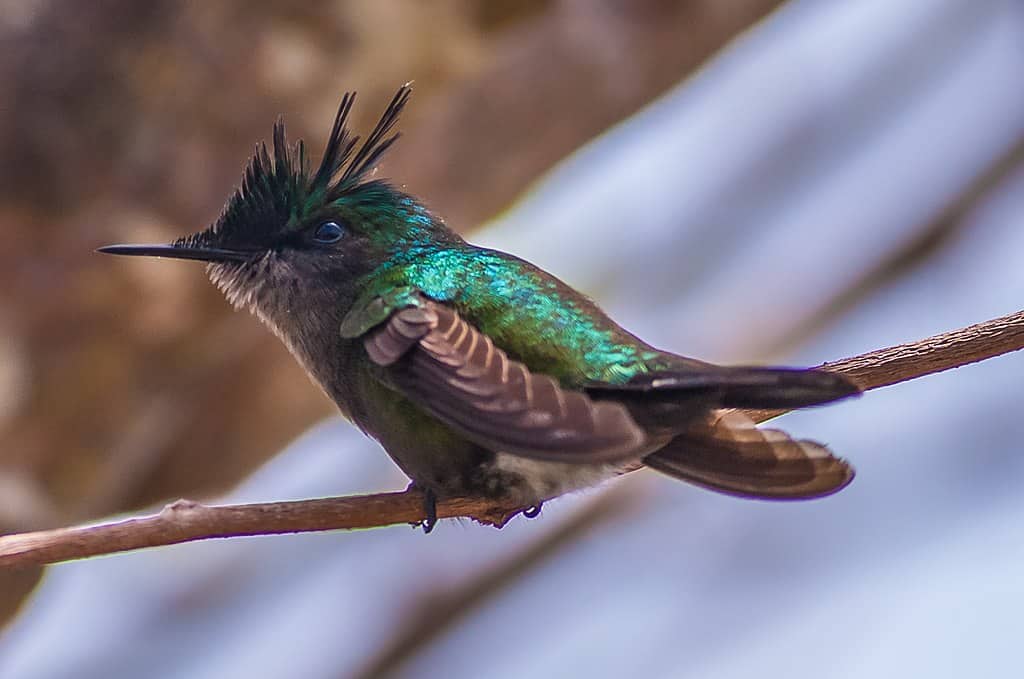
The key to a hummingbird’s survival is the extreme speed at which it operates. These birds can beat their wings up to 80 times per second during flight, allowing them to hover while sipping nectar from flowers. This rapid movement is energy-intensive, requiring a constant intake of calories to sustain it.
The Role of a High Metabolic Rate
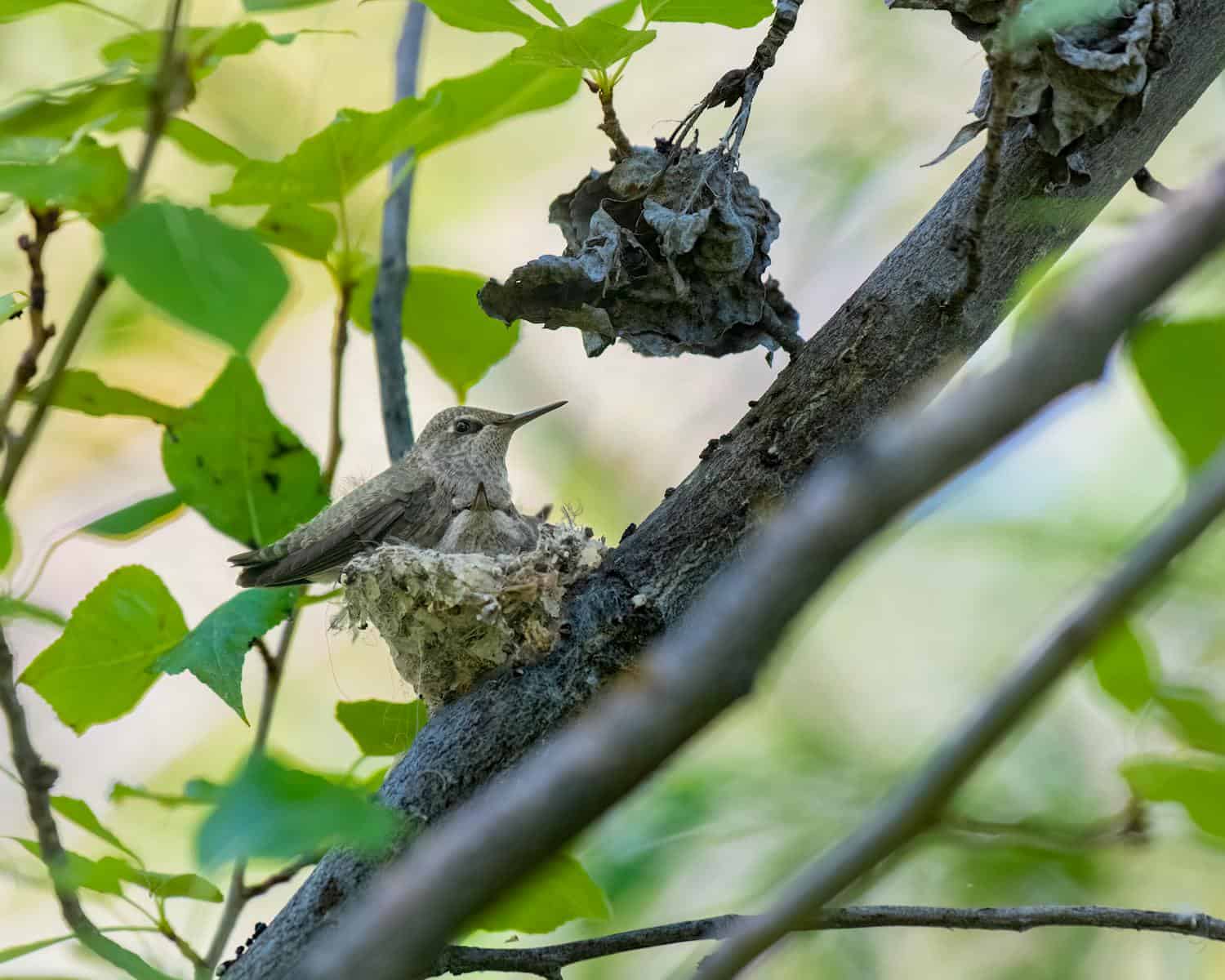
Hummingbirds have the highest metabolic rate of any bird species, about ten times that of a human. This elevated rate is necessary to power their brisk wingbeats and support their active lifestyles. Consequently, they consume nearly twice their body weight in nectar daily, supplemented by small insects for protein.
Nectar as a Primary Energy Source
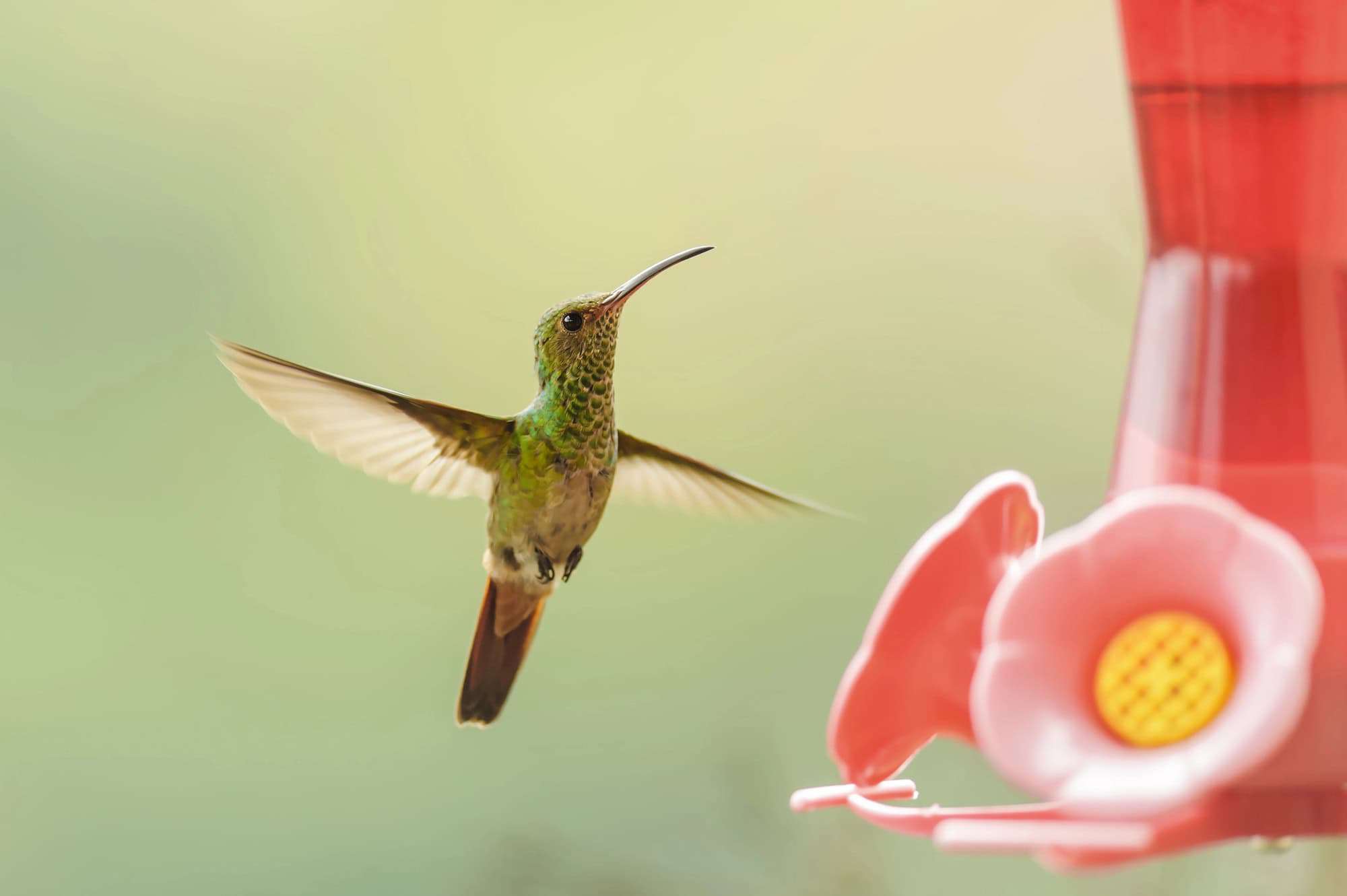
Nectar is rich in sugar and serves as the primary energy source for hummingbirds. Their specialized, long bills and extendable, tube-like tongues are perfectly adapted to accessing nectar deep within flowers. By doing so, they also pollinate plants, playing a crucial role in ecosystems.
The Importance of Frequent Feeding

Due to their high energy output, hummingbirds must feed approximately every ten minutes during daylight hours. This frequent feeding is vital for replenishing their energy reserves, without which they would quickly succumb to exhaustion. This relentless feeding cycle is a testament to their resilience and adaptability.
Diurnal Activity Patterns
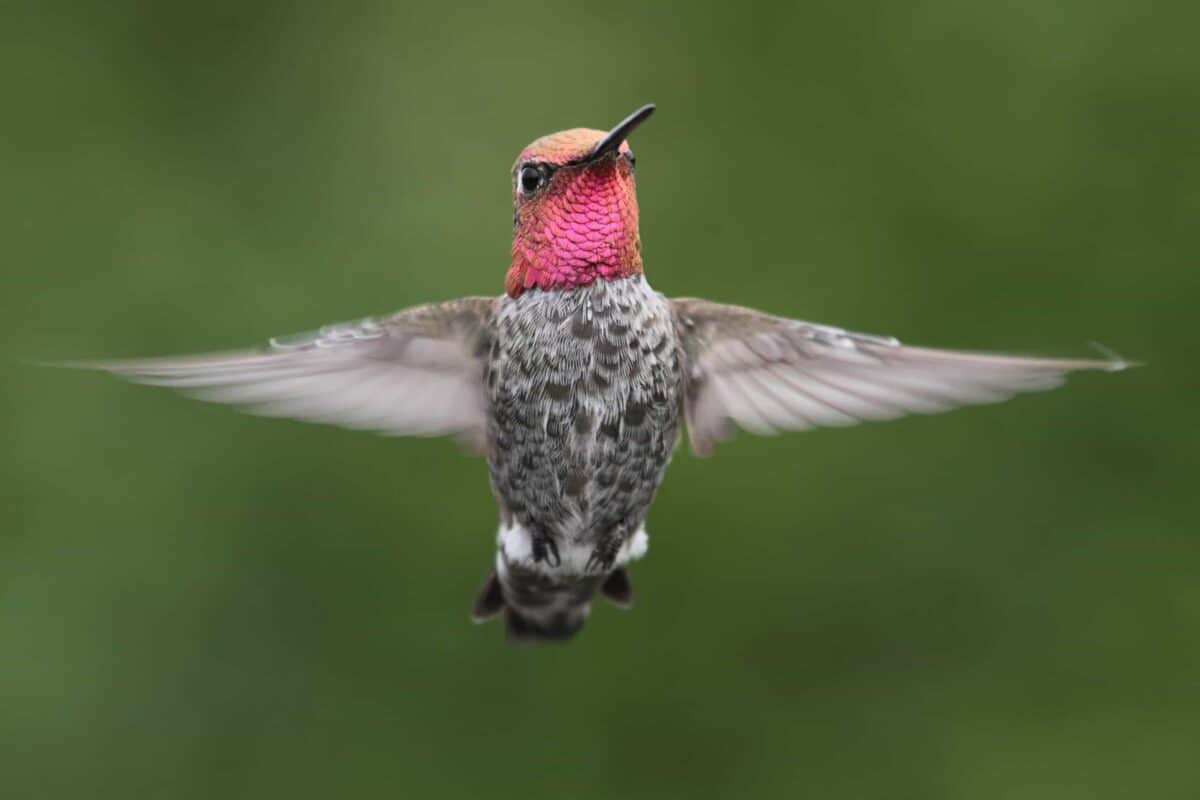
Hummingbirds are diurnal, meaning they are active during daylight hours. Their peak activity occurs during early morning and late afternoon when flower blooms are fresh and abundant. This timing maximizes their feeding efficiency and energy intake.
Energy Conservation at Night

At night, when feeding is not possible, hummingbirds slow their metabolism by entering a state called torpor. This drastic reduction in metabolic rate allows them to conserve energy. In torpor, their heart rate decreases from over 1,200 beats per minute to as low as 50, enabling them to survive periods of inactivity.
The Challenges of Migration

Many hummingbird species undertake long migratory journeys, flying thousands of miles between breeding and wintering grounds. During these migrations, they must time their flights to align with the availability of food sources along their routes. Their capacity to endure such arduous journeys underscores their incredible endurance and adaptive capabilities.
Adaptations for an Efficient Metabolism
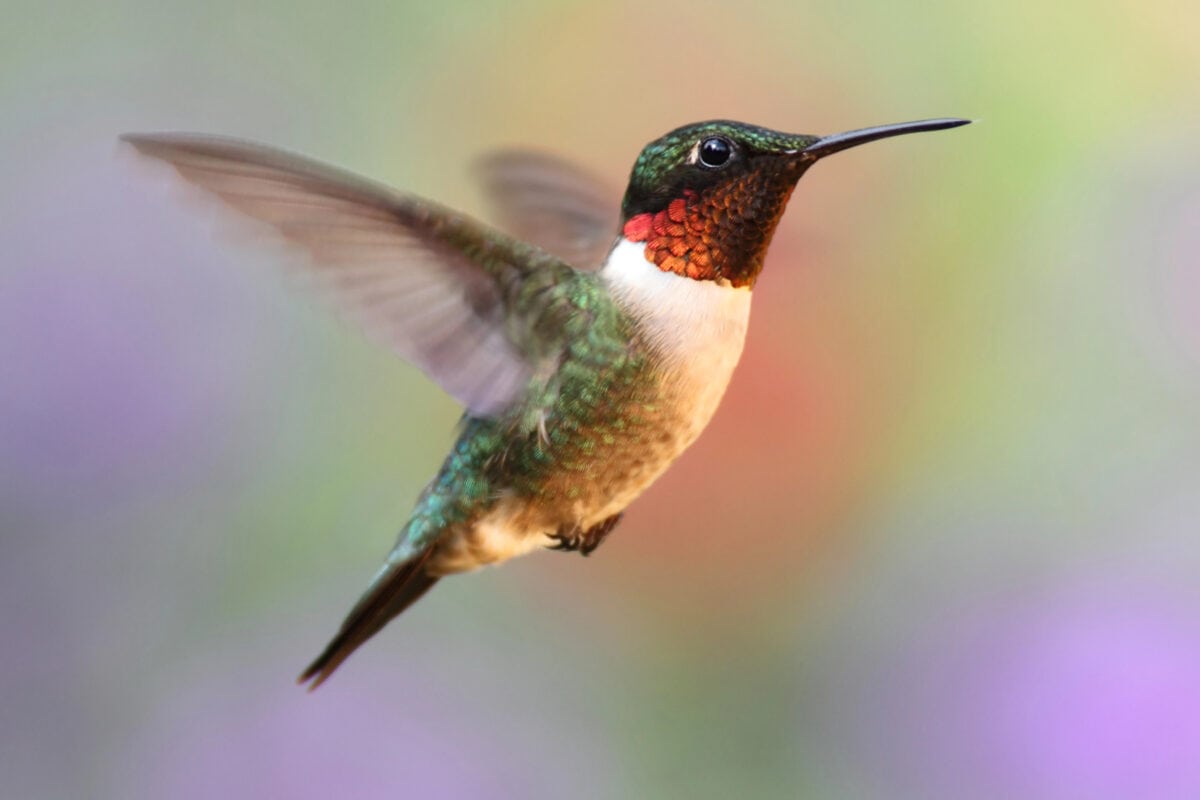
A hummingbird’s anatomy is specially adapted to support its high-energy lifestyle. They have a heart that accounts for around 2% of their body weight and large flight muscles that make up about one-third of their weight. These adaptations enable rapid energy processing and utilization.
The Role of Insects in Their Diet

While nectar provides immediate energy, hummingbirds also require proteins, amino acids, and other nutrients, which they obtain by consuming small insects and spiders. These components are essential for their growth, feather maintenance, and overall health.
Interdependency with the Ecosystem

Hummingbirds play a crucial role in ecosystems, acting as pollinators for many flowering plants. Their feeding habits lead to the cross-pollination of plants, facilitating the reproduction of a wide variety of flora. This mutualistic relationship underscores the interconnectedness of nature.
The Impact of Environmental Changes

Changes in climate and habitat loss can significantly impact hummingbird populations. Reduced availability of flowers and altered migration timelines pose challenges to their survival. Conservation efforts are critical to sustaining the delicate balance on which these birds depend.
Enjoying Hummingbirds in Your Backyard
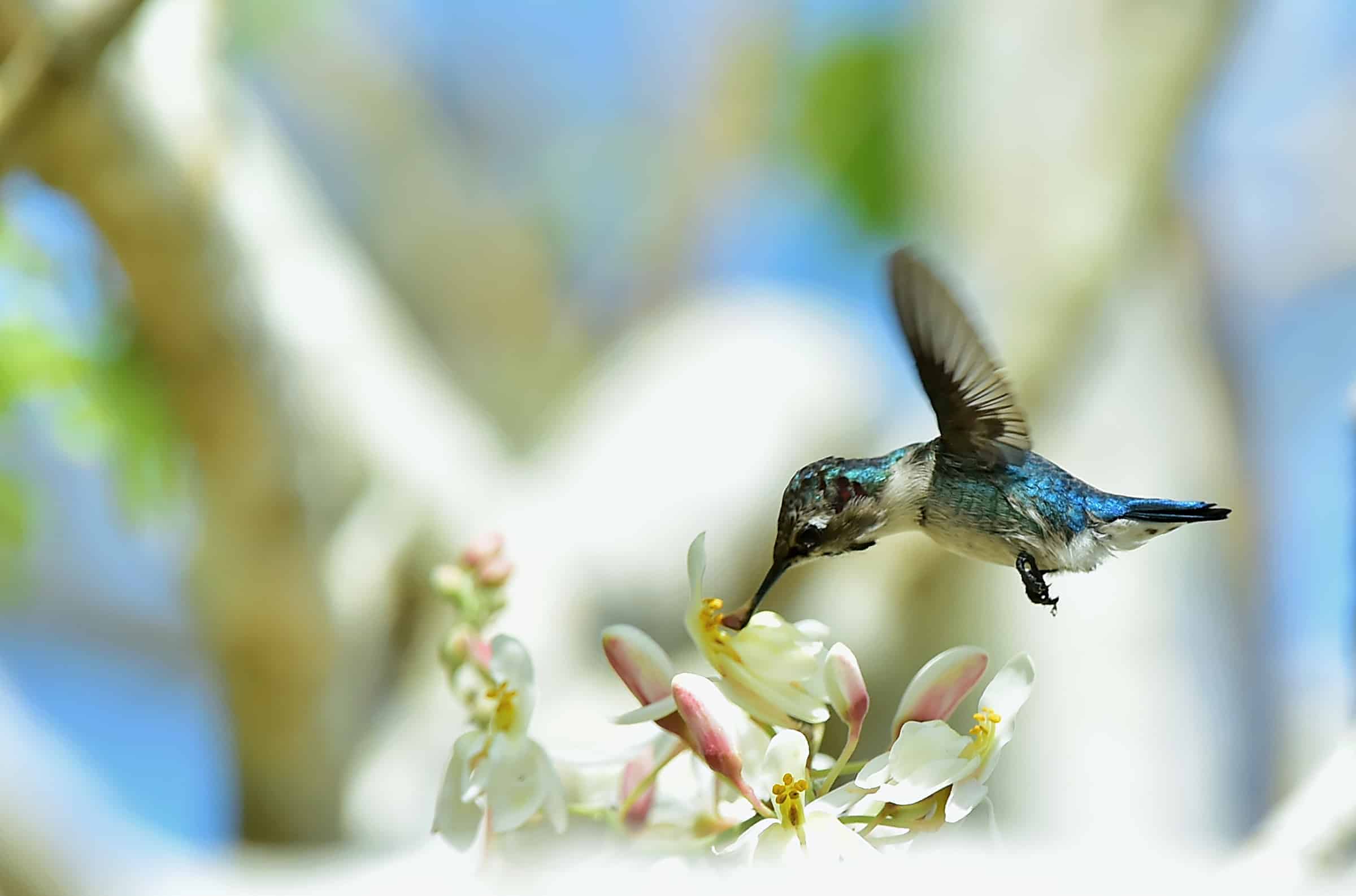
To support local hummingbird populations, you can plant native flowers that provide natural nectar sources. Brightly colored, tubular flowers are particularly attractive to hummingbirds. Additionally, providing clean, appropriately mixed hummingbird feeders can ensure these remarkable birds have access to the energy they need.
Conclusion
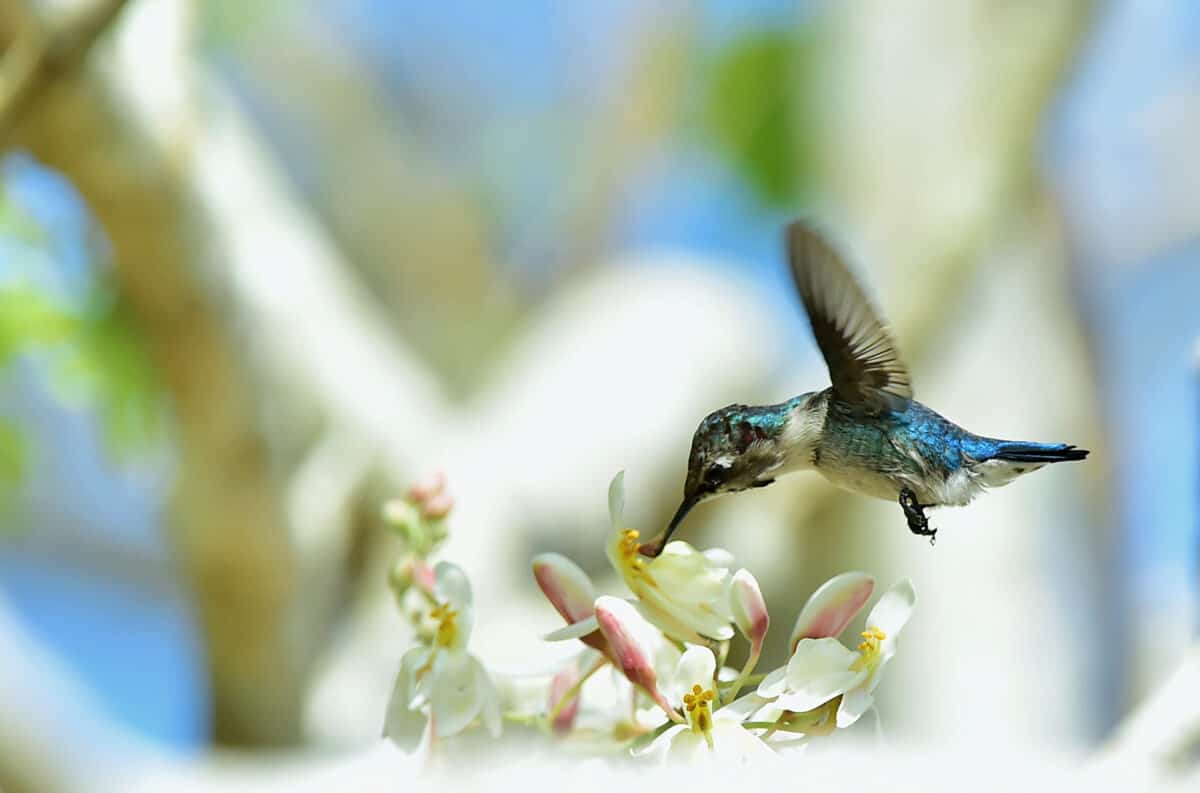
Hummingbirds, with their dazzling appearance and astonishing physical capacities, offer fascinating insights into the complexities of natural adaptations. Their need to feed constantly is not just a survival tactic, but a reflection of nature’s ability to create resilient, interdependent systems. By understanding and supporting these avian marvels, we contribute to preserving biodiversity and maintaining the intricate tapestries of life that grace our planet.
- Hummingbirds Need to Eat Every 10 Minutes Just to Stay Alive - August 13, 2025
- 14 Marine Mammals That Are Smarter Than You Think - August 13, 2025
- 13 Animals Most Frequently Searched for Symbolic Meaning - August 13, 2025

